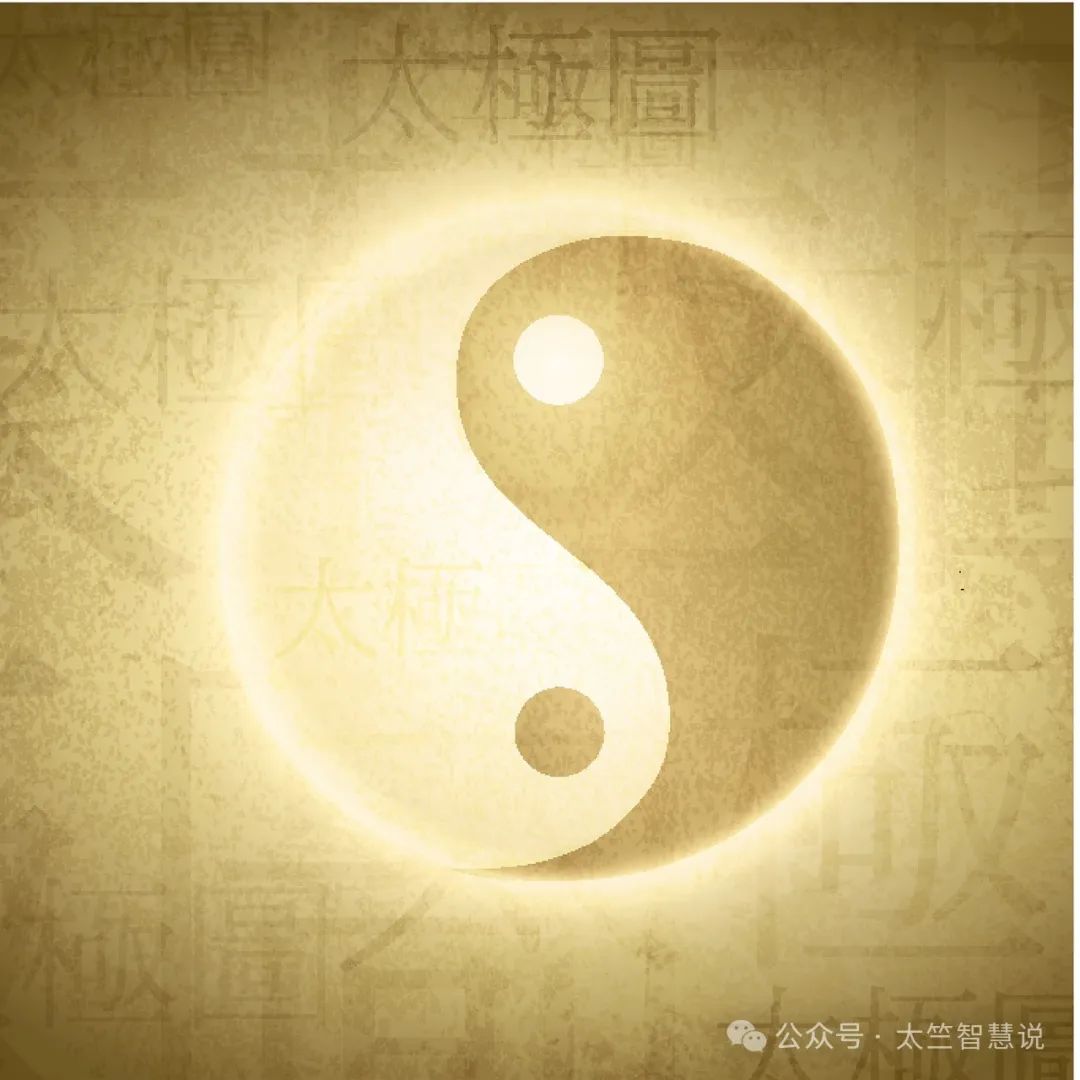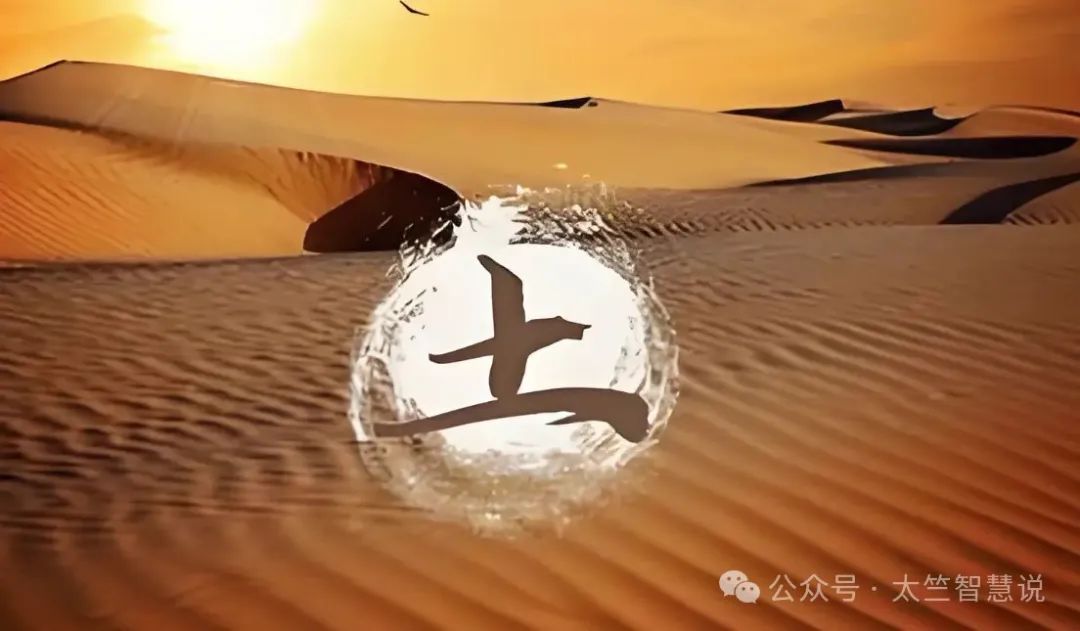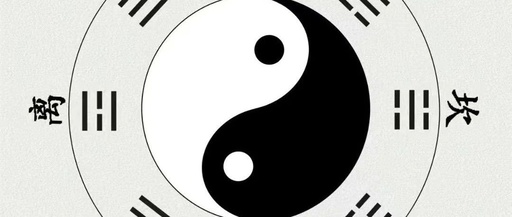In the profound ocean of Huaxia civilization, the wǔ xíng (Five Elements) theory shines with a unique brilliance. It is not only a deep insight of the ancients into the essence of the world but also a philosophical system rich in endless wisdom. Today, let us delve into the wǔ xíng theory and unveil its mysterious veil.
The Relationship Between Five Elements, Taiji, and Yin-Yang

The wǔ xíng may seem simple, but it contains the yī (One) of tài jí (Taiji) and the èr (Two) of yīn yáng (Yin-Yang). The yī of tài jí represents a supreme existence that cannot be accurately described in words. It has no distinction of size, no internal or external differences, and no states of motion or stillness, transcending all relative concepts. However, in order to understand the world, humanity derived the concept of yīn yáng from this chaotic yī to distinguish and comprehend all things. Further subdivision based on yīn yáng leads to the five elements: metal, wood, water, fire, and earth. It can be said that the wǔ xíng is a re-description of yīn yáng, a more detailed interpretation of the composition and laws of change in the world by the ancients.
The Contradictory Unity and Transformation of Five Elements
Each element in the wǔ xíng contains both yīn and yáng aspects, yet unifies within itself. Taking metal as an example, metal is divided into yīn and yáng, but regardless of how yīn and yáng change, they unify in “metal.” Similarly, wood also divides into yīn and yáng, yet together they constitute “wood.” This self-contradictory unity reflects the complexity and integrity within the wǔ xíng.
There exists a relationship of mutual generation and mutual restraint among the five elements. Metal restrains wood, wood restrains earth, earth restrains water, water restrains fire, and fire restrains metal; this illustrates the contradictions among the elements, showcasing the mutual constraints between things. Conversely, metal generates water, water generates wood, wood generates fire, fire generates earth, and earth generates metal, which reflects the unity of the wǔ xíng, indicating the interdependence and mutual promotion among things. This relationship of mutual generation and restraint forms a dynamic balance system that maintains the orderly development of all things in the world.
The Mysterious “Earth” in Five Elements

Among the wǔ xíng, the concept of “earth” is the most unique and hardest to understand. Generally, people consider earth to be parallel to metal, wood, water, and fire, but in reality, earth has another important meaning—the concept of tài jí “yī.” From the perspective of graves and storage, earth is divided into chén tǔ (water grave, storage), xū tǔ (fire grave, storage), chǒu tǔ (metal grave, storage), and wèi tǔ (wood grave, storage). When earth is viewed as a grave or storage, its relationship with metal, wood, water, and fire is no longer a simple parallel but a relationship between the whole and the individual. For example, our thumb can be likened to earth. When the thumb is simply viewed as earth, it is in a parallel relationship with the other fingers; however, when viewed as a grave or storage, its two joints can form a tài jí with any finger, and the five joints can form four different tài jí circles of metal, wood, water, and fire with the other fingers. This unique attribute allows for two different representations of the wǔ xíng diagram: one depicting the parallel relationships of the five elements, and another with earth in the center, reflecting its core and inclusive characteristics.
The wǔ xíng theory, as a treasure of traditional Chinese philosophy, reveals the essence and operational laws of the world through its unique perspective and profound connotations. Whether in ancient fields such as astronomy, medicine, and destiny, or in modern life, the wǔ xíng theory has extensive applications and far-reaching impacts. It teaches us to view the world dialectically and developmentally, finding balance and harmony in the complex and ever-changing life. Let us inherit and promote this ancient and wise theory, allowing it to shine even more brilliantly in the new era.
Personal opinion, image source from the internet, please delete if infringing.
Thank you for your support, please click to view + like ❤️
Know the past, understand the future, act in the present.

